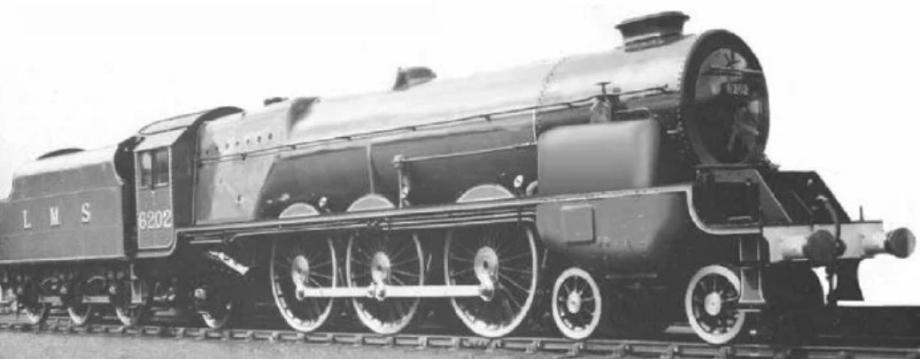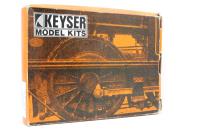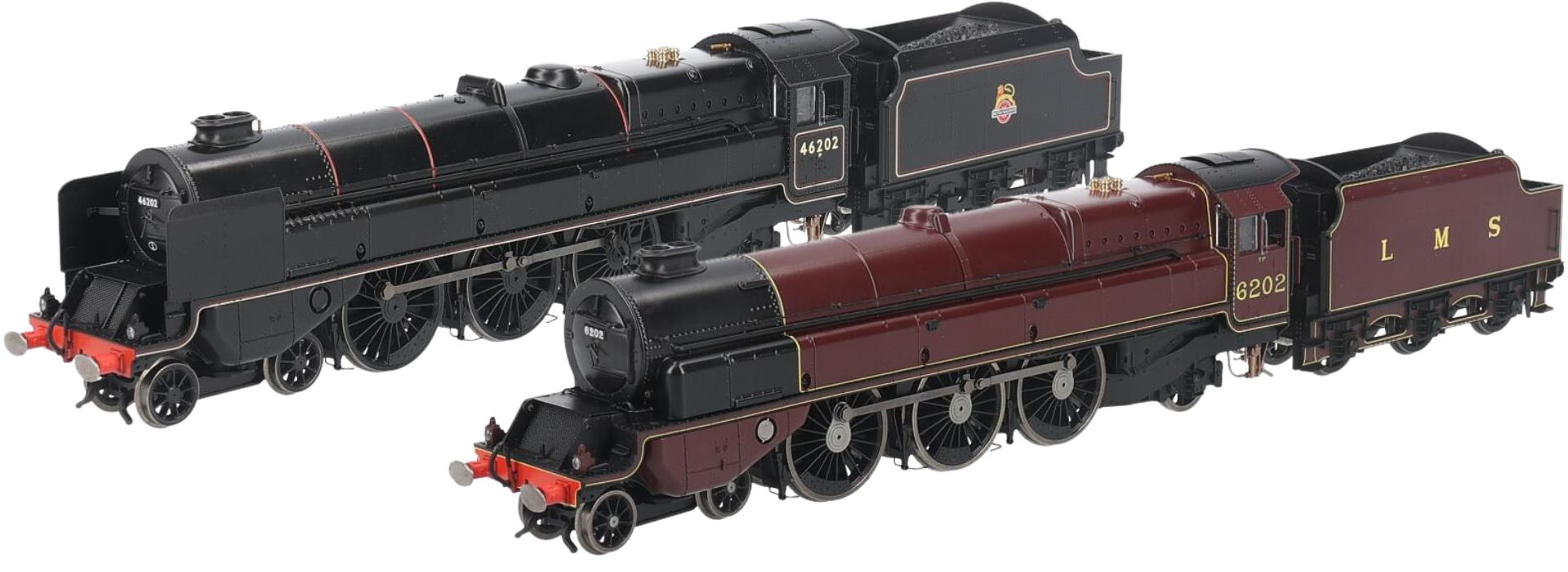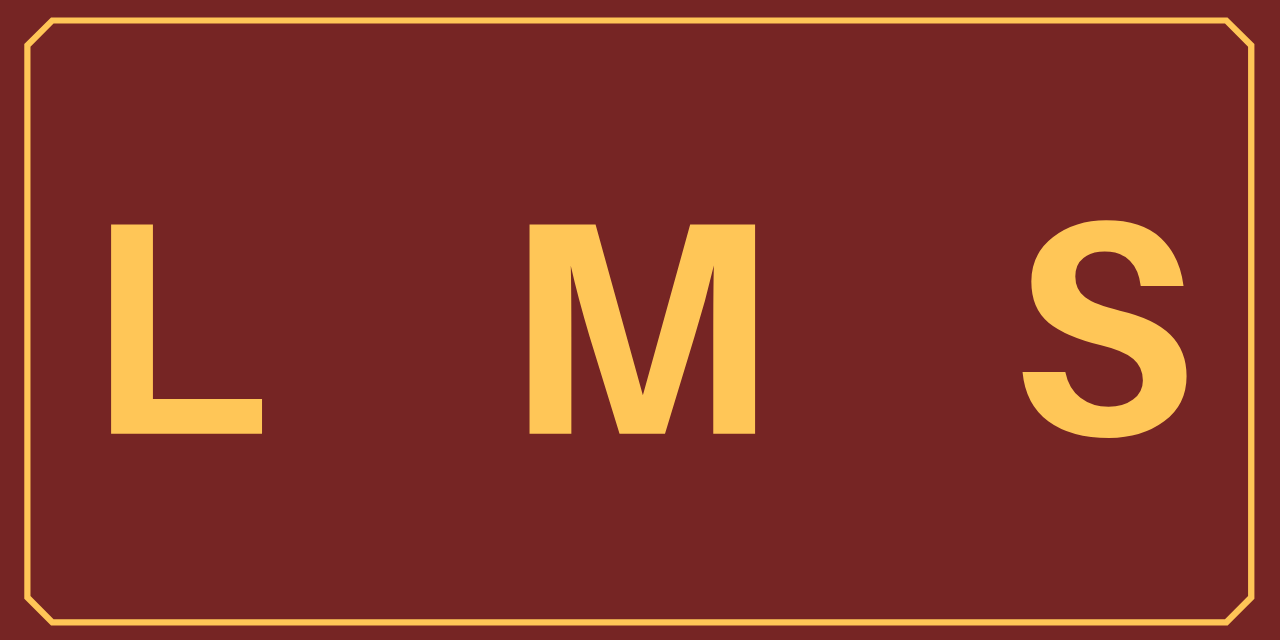4-6-2 Class 8P 'Turbomotive' LMS Profile and Models

6202. Official works photo. Date unknown. ©Public Domain
|
The Turbomotive was a modified Princess Royal Class steam locomotive designed by William Stanier, inspired by the Ljungström locomotive, and built by the London, Midland and Scottish Railway in 1935. It used turbines instead of cylinders. It was later rebuilt as a conventional locomotive 46202 Princess Anne. Compared to some other experimental steam locomotives of the era such as the LNER Class W1, Turbomotive was relatively successful, showing a saving of coal compared to a normal reciprocating engine and no hammer blow on the track. One disadvantage of the design was that the small reverse turbine only had sufficient power for manoeuvring "light engine" and the locomotive always had to be turned to face forwards in order to pull a train. When a turbine failure occurred in 1949 it was considered uneconomic to repair during post-war austerity measures, so the locomotive was taken out of service pending a rebuild. 46202 was rebuilt as a conventional locomotive. On 8 October 1952, after only two months in service, it was the train engine of the double-headed Liverpool and Manchester express involved in the Harrow and Wealdstone railway accident. The locomotive was taken to Crewe, where it was deemed beyond economical repair and scrapped. |
|
|
Type of Locomotive |
Steam |
|
Builder |
LMS Crewe Works |
|
Build Date |
1935 |
|
Total Built |
1 |
|
Tractive Effort |
Unknown |
|
Wheel Configuration |
4-6-2 |
|
Operated By |
London, Midland & Scottish Railway British Railways |
|
Main Duties |
Passenger |
|
In Service Until |
1952 |
|
Surviving Examples |
0 |
Models Produced
Liveries Produced
Products awaiting categorisation
| Scale | Brand | Image | Construction Type | DCC Capability | Product Code | Product Title | Livery |
|---|---|---|---|---|---|---|---|
| OO Gauge (1:76 Scale) | Keyser (K's) |

|
RTR/RTUse/Pre-assembled | Not set |
L41 View |
LMS 4-6-2 Turbomotive kit | Awaiting Categorisation |
| OO Gauge (1:76 Scale) | Kitbuilt |

|
RTR/RTUse/Pre-assembled | Unpowered |
KB1376 View |
LMS Turbomotive 4-6-2 6202 in LMS Maroon - built from an unknown kit | Awaiting Categorisation |


 LMS crimson lake
LMS crimson lake
 BR black with early emblem
BR black with early emblem